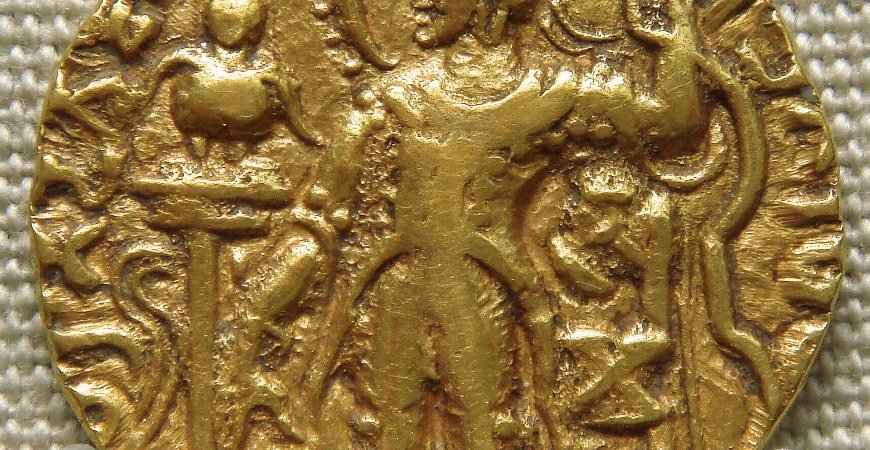Antique Coins In Istanbul Archaeological Museum,
The minting of coins was first invented in Anatolia 2,600 years ago, according to historians. The Lydians who established a wealthy state in Western Anatolia in 640 BG were the first people to produce metal coins made of the electron, an alloy of silver and gold. Until then trade had been carried out either ‘with metal ingots or by barter. Advanced civilizations such as the ancient Egyptians, Sumerians, Assyrians, and Hittites used metal ore with which to trade. These metal ores were of particular weights and were used as money for large purchases and could be exchanged for their weight in copper, tin, lead, and silver in small purchases. When the Lydians first produced their small round coins decorated with a plant and animal motif trading was greatly facilitated. Later the famous Lydian Croesus had both golds on silver coins minted between 561 and 546 BC and the duty of minting money became traditionally that of the Kings. The use of money spread from Anatolia to the Mediterranean countries, and every state began to mint gold, silver and copper coins, The coins made during the period of the Macedonian King Alexander the Great depicted either the King or the gods. During the periods of the Greeks, Romans, and Byzantines both kings and cities produced coins, each of a distinctive design, whose value was determined according to their quality. Later still the Islamic states considered money to be a symbol of sovereignty, and every ruler who came to the throne had money minted which carried his name.
Several museums in the world have valuable collections of coins, one of these being in the Numismatic section of the Biblioteque Nationale in Paris. In Turkey, every museum has a small coin collection, but the Numismatic Section in the Istanbul Archaeological Museum is among the richest in the world, containing over 250,000 coins made of various different metals. Just after the museum ‘was established the coins were divided into those dating from the pre-Islamic and those dating from the Islamic period. Most important among these are the pre-Islamic Lydian coins and the Classic and Hellenistic coins. This section also includes over fifty thousand Roman and over sixty thousand Byzantine coins made of gold, silver, and copper. In the last fifty years, the collections have grown by means of donations, purchases and treasure troves. For example, a treasure trove found at Buyukada in 1930 included 414 gold coins from the fourth century BC, and that at Cerrahpasa found in 1953 contained 2,560 gold Byzantine coins dating from the twelfth century BC.
The most significant and extensive part of the Numismatic Section in Istanbul Archaeological Museum is the collection of Islamic period coins, which experts say is the best in the world. The first Islamic period coin was minted during the time of the Emeci Caliph Abdulmelik in Damascus, and in time all the Islamic states began to mint coins. The Early Ottoman coins from the periods of Orhan Gazi, Murad II and Yildirim Beyazid (Istanbul Archaeological Museum Coin Section) the collection includes gold, silver and copper coins from over a hundred Islamic States, arranged according to period. Each coin has been studied and inventoried, and a catalog prepared. Most of these coins were obtained from treasure troves, and include coins of the Emevi, Abbasi, the North African Islamic states, the Asian Islamic states, the Seljuks, the Anatolian Principalities and the Ottoman period, and throw light on several little-known periods of history. The collection also includes Islamic period seals, Ottoman medals and medallions and paper money from the last Ottoman period. There is also a complete collection of coins and paper money from the Turkish Republic.

Leave a Reply